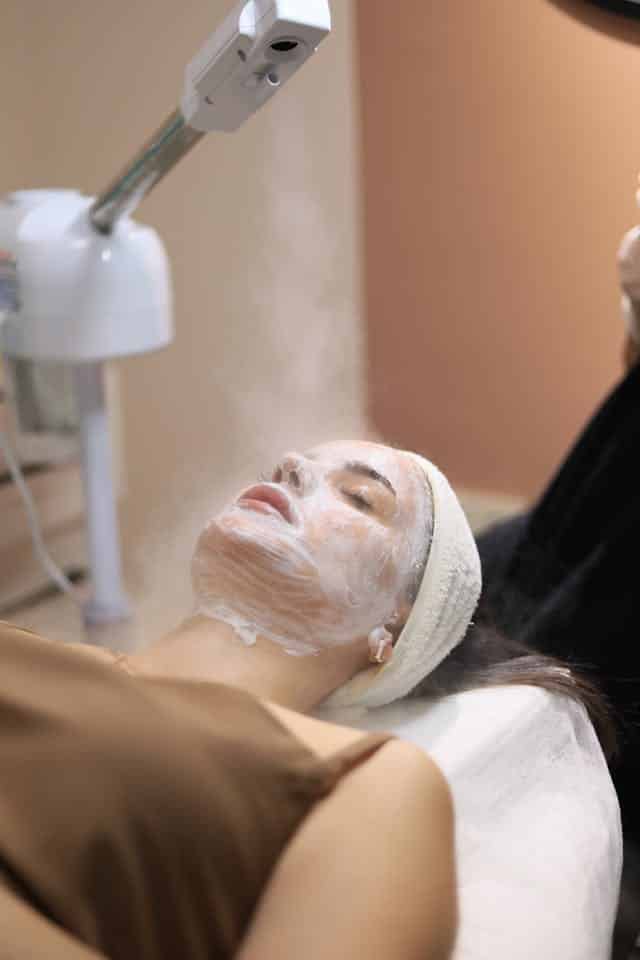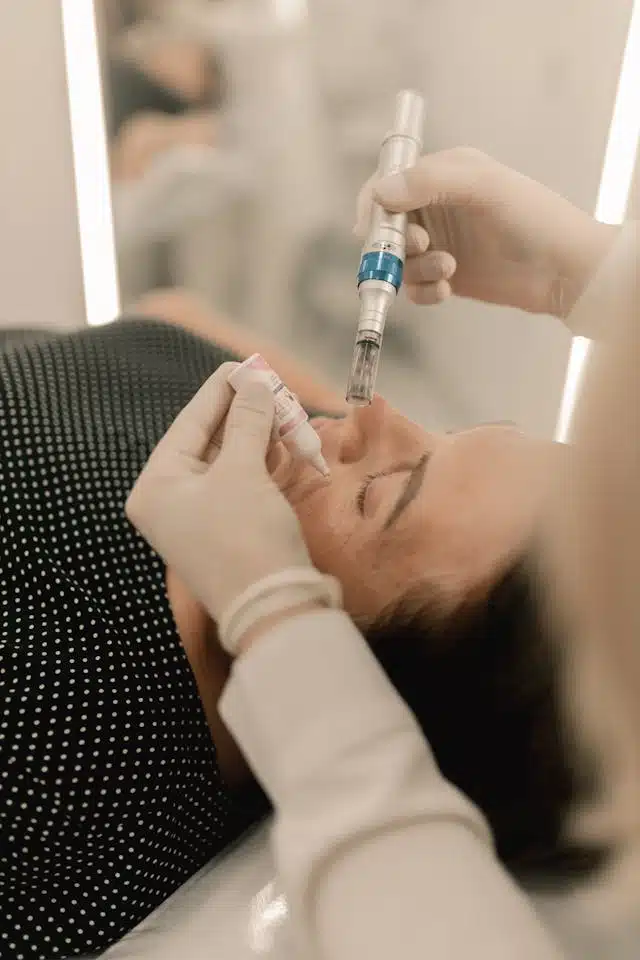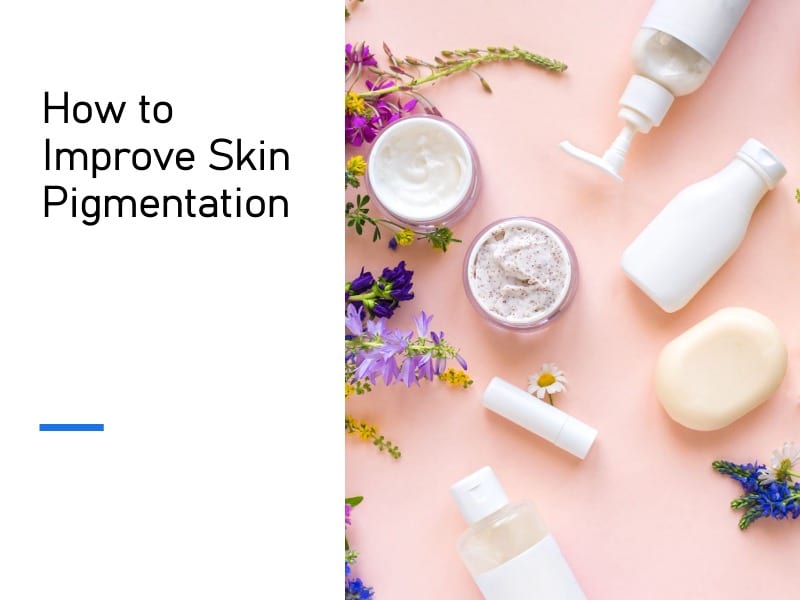How to Improve Skin Pigmentation
Learning how to improve skin pigmentation is essential if you want to reduce the appearance of dark spots, redness, or an uneven skin tone that makes you feel less confident in your skin.
Sometimes, it’s not what’s happening inside that drags your confidence down; it’s what you see in the mirror.
From sun damage and acne scarring to melasma and hormonal changes, uneven pigmentation can stem from a variety of causes.
Especially when you live in a sun-filled place, those issues can quickly become more noticeable without proper care.
The good news? You don’t have to accept pigmentation problems as permanent.
Thanks to modern treatments like IPL photofacials, chemical peels, and laser resurfacing, as well as smart skincare habits, you can restore a smoother, more even complexion.
Understanding how to improve skin pigmentation is the first step toward getting healthier-looking skin.
Can You Actually Improve Your Skin Pigmentation?
Yes, you can absolutely improve your skin pigmentation through both professional treatments and daily lifestyle habits.
Whether you’re dealing with sun spots, melasma, or post-inflammatory hyperpigmentation, consistent care and targeted therapies can make a noticeable difference.
The key is to start with protective and nourishing habits, such as daily SPF, hydration, and a gentle skincare routine, before considering more advanced options like IPL, chemical peels, or laser treatments.
Improving skin pigmentation takes time, patience, and expert guidance, but with the right approach, clearer and more even-toned skin is entirely within reach.
Best Ways to Improve Your Skin Pigmentation

When it comes to reducing dark spots, evening out your skin tone, and restoring your natural glow, there’s no one-size-fits-all solution.
The best ways to improve your skin pigmentation depend on the root cause; whether it’s sun damage, hormonal shifts, post-acne marks, or inflammation.
Fortunately, advancements in dermatology and skincare have made it easier than ever to target pigmentation issues with precision.
From non-invasive treatments to professional-grade therapies, here are the most effective options that deliver visible results and long-term improvements.
Daily Habits That Support Good Skin Pigmentation
Improving skin pigmentation isn’t just about treatments; it’s also about building healthy habits that protect and nourish your skin over time.
The skincare habits outlined below for glowing, radiant skin are the first-line approach for improving skin pigmentation and should be prioritized before considering professional treatments or advanced procedures.
Even after professional procedures fade dark spots or even out your tone, poor daily routines can quickly bring pigmentation issues back, especially from sun exposure and inflammation.
Here are essential daily habits that support healthy skin pigmentation and help maintain long-term results:
- Wear Broad-Spectrum SPF 30+ Daily: UV radiation is one of the leading triggers of hyperpigmentation and melanin overproduction. Apply a broad-spectrum sunscreen every morning, even on cloudy days or when staying indoors near windows.
- Protect Your Face with Sunglasses and a Hat: Physical sun protection complements your SPF. Wide-brimmed hats and UV-blocking sunglasses reduce direct exposure to the most vulnerable areas of your face, such as the forehead, cheeks, and around the eyes.
- Simplify Your Skincare Routine After Treatments: After procedures like chemical peels or laser resurfacing, your skin barrier needs time to heal. Stick with gentle, fragrance-free cleansers, hydrating serums, and barrier-repairing moisturizers to avoid irritation that could worsen pigmentation.
- Stay Hydrated and Eat Antioxidant-Rich Foods: Adequate hydration and consuming the best foods for your skin are crucial for maintaining good skin pigmentation. Drinking water supports healthy skin cell turnover and detoxification, and a diet rich in antioxidants, such as vitamin C, vitamin E, and polyphenols, can help reduce oxidative stress and prevent new pigment formation. Think leafy greens, berries, citrus fruits, and nuts.
Maintaining a consistent skincare routine and lifestyle not only prevents pigment from worsening but also supports your skin’s ability to heal and regenerate.
IPL Photofacial
If you’re looking for something that works fast and actually shows visible results, IPL photofacial is one of the best options out there.
This is a non-invasive treatment that works by sending short bursts of light energy into deeper skin layers.
This heat breaks down darker patches, tiny broken vessels, and even mild sun damage.
At the same time, it helps your skin make more collagen, which can smooth out fine lines and improve texture.
It’s especially helpful if you’re dealing with sun damage, mild rosacea, or lingering marks from past breakouts.
The best part?
Professionals offering IPL photofacial treatments in Virginia Beach and beyond use advanced tools like Lumecca, which can be adjusted to match your skin’s needs
These devices make the treatment more comfortable and the results more targeted.
Just be sure to go to someone who knows how to get the settings just right.
Laser Resurfacing
When dark spots go deep into the skin, lasers can offer more targeted help.
These treatments use concentrated light to break down pigment and encourage new skin growth.
There are different kinds, depending on your needs:
- Fractional lasers: Help with texture and deeper marks
- Q-switched lasers: Focus on specific pigment without harming the rest of your skin
Laser treatments are more intense and usually need some healing time (Beigvand et al., 2020).
But if done correctly by a trained professional, the results can be long-lasting and noticeable.
Make sure your provider adjusts the settings to your skin tone and concerns, which is key for both safety and success.
Chemical Peels
Chemical peels are another popular option for fading pigmentation.
These treatments for improving skin pigmentation use safe acids to gently exfoliate the top layers of skin.
As the skin sheds, dull or damaged cells are replaced with new, clearer ones.
Peels are great for people with melasma, sun spots, or uneven texture caused by breakouts.
There are two types: mild peels and deeper ones.
Mild peels, like glycolic or lactic acid, work with little to no peeling.
They’re gentle and easy to recover from.
Stronger peels go deeper and might cause some redness or flaking, but they offer faster improvement.
Most providers recommend a series of treatments for optimal results.
Over time, you’ll notice a smoother texture, a more even tone, and a brighter overall appearance.
Microdermabrasion

Microdermabrasion is a simple and painless procedure you can get. In this process, professionals buff off the top layer of dead cells.
This helps brighten the skin and fade dark spots.
Think of it as a deep cleaning that reveals the cleaner, healthier skin beneath.
It’s not a super deep treatment, so it’s good if you’re just starting to get spots, or to keep your skin looking good between stronger treatments.
You don’t really need any time to recover after, and you’ll see a small difference, mostly if you do it regularly.
It’s a great choice if you want something safe, quick, and easy to get started with. It usually works well for all skin types as well.
Microneedling
Microneedling helps your skin heal itself by using tiny needles to create small openings in the skin, which triggers a natural repair process.
As the skin renews, pigmentation starts to fade, and overall tone improves.
Many providers apply brightening serums during the session to allow them to penetrate deeper into the skin and work more effectively.
The result?
Better texture, less discoloration, and a smoother surface.
You can even do DIY microneedling at home, and the treatment is a smart choice if you want a natural approach that builds up results gradually.
Final Thoughts: How Can I Improve My Skin Pigmentation?
Improving skin pigmentation naturally starts with consistency, patience, and smart daily choices that support your skin’s health from the inside out.
Before turning to advanced treatments, focus on foundational habits like wearing daily SPF, eating antioxidant-rich foods, managing stress, and using gentle, brightening skincare ingredients such as niacinamide or vitamin C.
These strategies help regulate melanin production, reduce inflammation, and protect your skin from further damage.
Natural improvement may take time, but it’s sustainable and supports your overall skin barrier function, setting the stage for long-lasting clarity and glow.
If natural treatments for skin pigmentation don’t provide the results you’re looking for, it may be time to consult a board-certified dermatologist or licensed aesthetic provider.
Professional treatments like laser therapy, chemical peels, or prescription-strength topicals can offer deeper, more targeted results when home remedies fall short.
Disclaimer: This content is for informational purposes only and does not constitute medical advice. Always consult a qualified healthcare provider before beginning any new treatment for skin concerns.
This website does not provide medical advice. This website site does contain affiliate links, and purchases may earn a commission.
Read my Medical Disclaimer, Review Disclaimer, and Publishing Policies for more details. Use of this site indicates acceptance of these terms.



